Table of Contents
Introduction
Chile de Arbol (15,000-30,000 SHU) and Chipotle in Adobo (2,500-8,000 SHU) are both Mexican chili peppers, but they differ significantly in heat, flavor, and culinary applications. Chile de Arbol delivers sharp, intense heat with smoky notes, while Chipotle in Adobo offers moderate heat with rich, tangy smokiness from its adobo sauce. Below is a quick comparison of their key differences:
| Feature | Chile de Arbol | Chipotle in Adobo |
|---|---|---|
| Heat Level | High (15,000–30,000 SHU) | Moderate (2,500–8,000 SHU) |
| Flavor Profile | Sharp, smoky, slightly sweet | Tangy, smoky, slightly sweet |
| Texture | Thin, brittle when dried | Chewy, moist |
| Primary Use | Salsas, chili, spice rubs | Adobo sauces, stews, marinades |
Key Differences Between Chile de Arbol and Chipotle in Adobo
Understanding these differences helps you choose the right chili for your dish:
- Heat intensity: Chile de Arbol is 2-12x hotter than Chipotle in Adobo, making it ideal for dishes needing intense heat without added smokiness.
- Flavor source: Chile de Arbol's smokiness comes naturally from drying, while Chipotle's smoky-tangy flavor comes from smoking jalapeños and cooking in adobo sauce.
- Culinary role: Chile de Arbol provides immediate, clean heat for salsas and rubs; Chipotle in Adobo adds complex depth to slow-cooked dishes like stews and sauces.
What is Chile de Arbol?
Chile de arbol (Spanish for 'tree chili') is a small, thin, red chili pepper native to Mexico. Its name comes from the tree-like growth pattern of the plant. With heat levels of 15,000-30,000 Scoville units, it's significantly hotter than jalapeños but less intense than ghost peppers. This pepper is commonly used in Mexican salsas, moles, and chili dishes where a bright, sharp heat is desired. Its dried form has a brittle texture and deep red color.
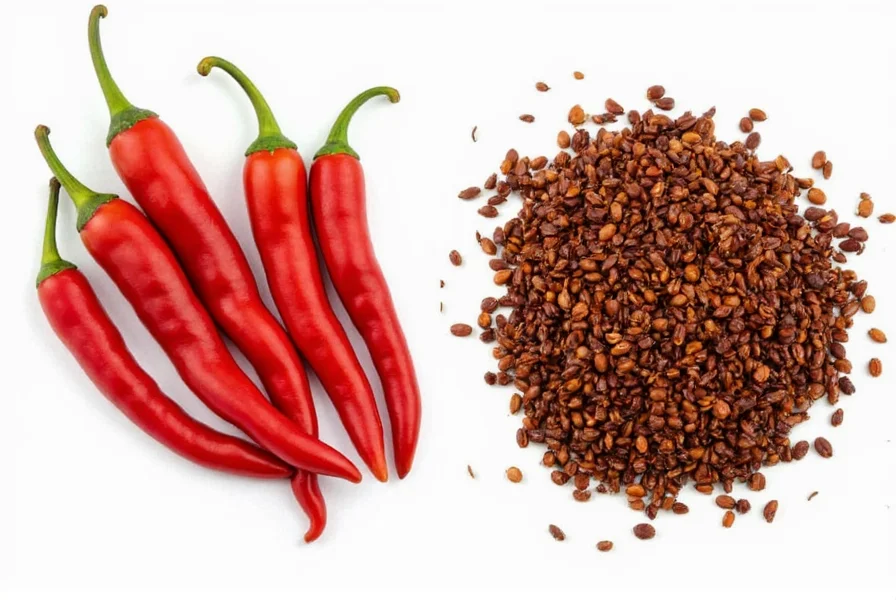
What is Chipotle in Adobo?
Chipotle in adobo refers to smoked, dried jalapeño peppers rehydrated and cooked in a sauce made from tomatoes, garlic, vinegar, and spices. The adobo sauce gives chipotles their signature tangy-smoky flavor. With heat levels of 2,500-8,000 Scoville units, they're much milder than Chile de Arbol. Chipotles are essential in Mexican and Tex-Mex cuisine for adding depth to sauces, stews, and marinades. Their texture is soft and chewy when prepared.
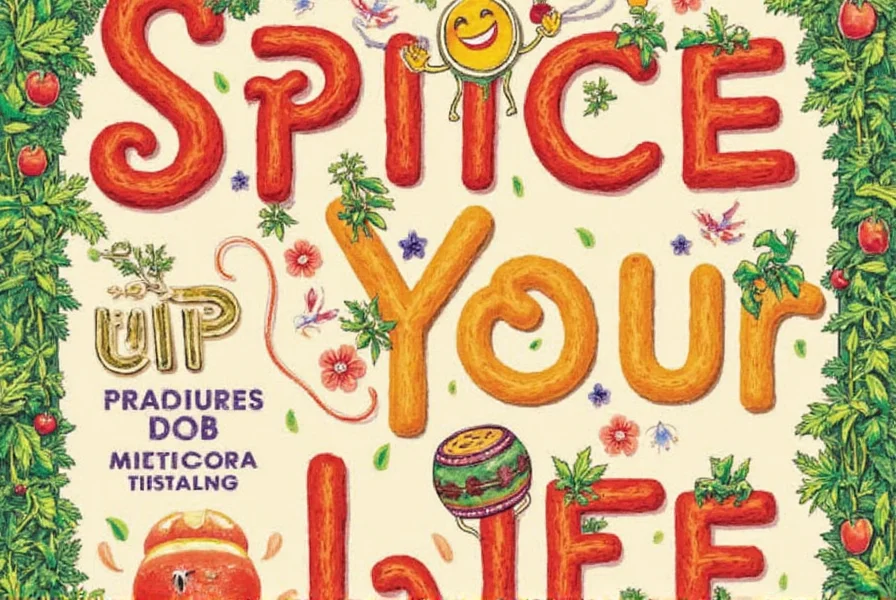
Practical Tips for Using Both Types of Chiles
Maximize flavor with these expert tips:
- Chile de Arbol: Toast whole peppers before grinding for enhanced smokiness. Use sparingly in salsas—start with 1-2 peppers per cup of ingredients. For rubs, combine with cumin and oregano for balanced heat.
- Chipotle in Adobo: Puree the peppers with their sauce for instant smoky depth in sauces. Remove seeds for milder heat. Add to mayonnaise for chipotle aioli or mix into bean dishes for complexity.
- Substitution: For Chile de Arbol, use cayenne pepper + smoked paprika (1:1 ratio). For Chipotle, try smoked paprika + a touch of vinegar for tanginess.
- Storage: Keep dried Chile de Arbol in dark, airtight containers. Store opened Chipotle in Adobo in the fridge for up to 3 weeks.
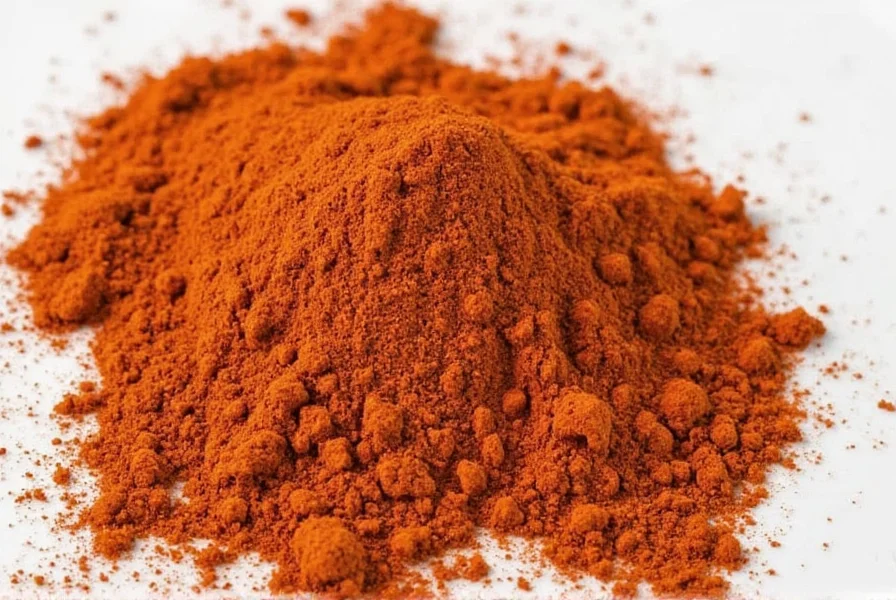
Buying Guide: How to Choose the Right One
Chile de Arbol Buying Guide
- Quality indicators: Look for bright red color, uniform size, and no mold or discoloration. Avoid peppers with excessive stems.
- Best uses: Ideal for homemade salsas, spice rubs, and chili where intense heat is needed.
- Where to buy: Available in Mexican grocery stores, specialty spice shops, and online retailers. Look for "dried chile de arbol" on packaging.
Chipotle in Adobo Buying Guide
- Quality indicators: Check for real chipotle peppers (not artificial smoke flavor), vibrant color, and no excess liquid in the can.
- Best uses: Perfect for adobo sauces, braised meats, and adding smoky depth to soups and stews.
- Where to buy: Found in most grocery stores' international aisle. Look for brands like La Costeña or El Yucateco.
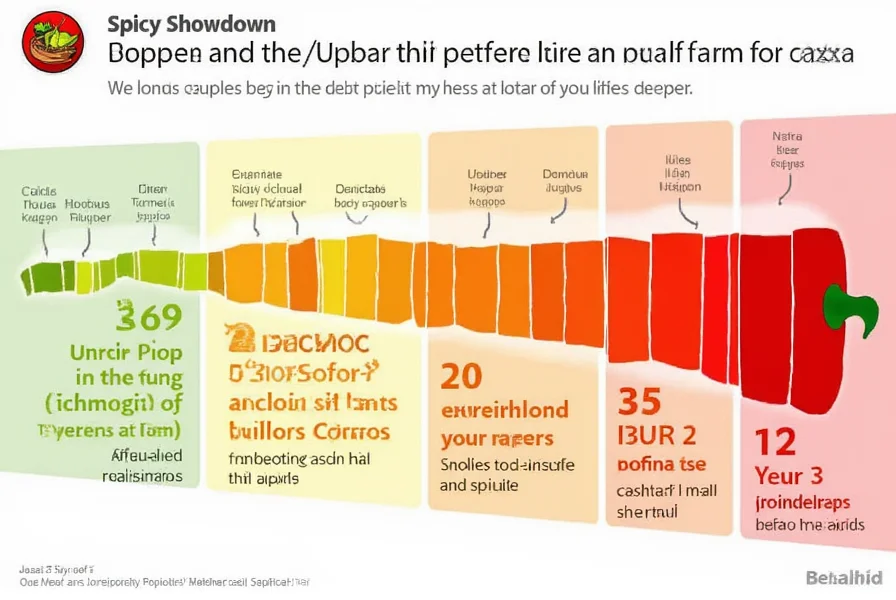
Frequently Asked Questions
What's the main difference between chile de arbol and chipotle in adobo?
Chile de Arbol is a dried chili pepper with intense heat (15k-30k SHU) and natural smokiness, while Chipotle in Adobo is a smoked jalapeño cooked in tangy tomato-based sauce with moderate heat (2.5k-8k SHU). Chile de Arbol provides clean, sharp heat for salsas, while Chipotle adds complex smoky-tangy depth to slow-cooked dishes.
Which is hotter: chile de arbol or chipotle in adobo?
Chile de Arbol is significantly hotter, ranging from 15,000 to 30,000 Scoville Heat Units (SHU), while Chipotle in Adobo measures 2,500-8,000 SHU. This makes Chile de Arbol approximately 2-12 times hotter than Chipotle. Chile de Arbol delivers immediate, sharp heat, while Chipotle provides a milder, smoky-tangy warmth.
Can I substitute chile de arbol for chipotle in adobo (and vice versa)?
Yes, but with adjustments. For Chile de Arbol substitution, use 1/2 tsp cayenne + 1 tsp smoked paprika per 1 dried chile. For Chipotle substitution, use 1 tsp smoked paprika + 1/2 tsp vinegar per chipotle pepper. Note: Direct substitution will change flavor profiles—Chile de Arbol lacks the tangy sauce of Chipotle, while Chipotle lacks the intense heat of Chile de Arbol.
How should I store chile de arbol and chipotle in adobo?
Dried Chile de Arbol should be stored in airtight containers away from light and moisture for up to 1 year. Chipotle in Adobo (canned) must be refrigerated after opening and will last 2-3 weeks. For longer storage, freeze Chipotle in Adobo in ice cube trays for up to 6 months.
What dishes work best with each type of pepper?
Chile de Arbol shines in fresh salsas, spice rubs for meats, and chili dishes where bright, sharp heat is needed. Chipotle in Adobo excels in slow-cooked stews, adobo sauces, marinades for grilled meats, and even unexpected uses like chipotle mayo or salad dressings. Use Chile de Arbol for immediate heat impact; choose Chipotle for complex, smoky depth in long-cooked dishes.
Conclusion
Chile de Arbol and Chipotle in Adobo serve distinct roles in the kitchen. Chile de Arbol delivers intense, clean heat for dishes needing bold spice, while Chipotle in Adobo provides smoky-tangy depth for slow-cooked recipes. By understanding their heat levels, flavor profiles, and best applications, you can confidently choose the right chili for any dish—whether you need a fiery punch or rich, complex smokiness.
Next time you're cooking, ask: "Do I need sharp heat or smoky depth?" The answer will guide you to the perfect chili for your recipe.
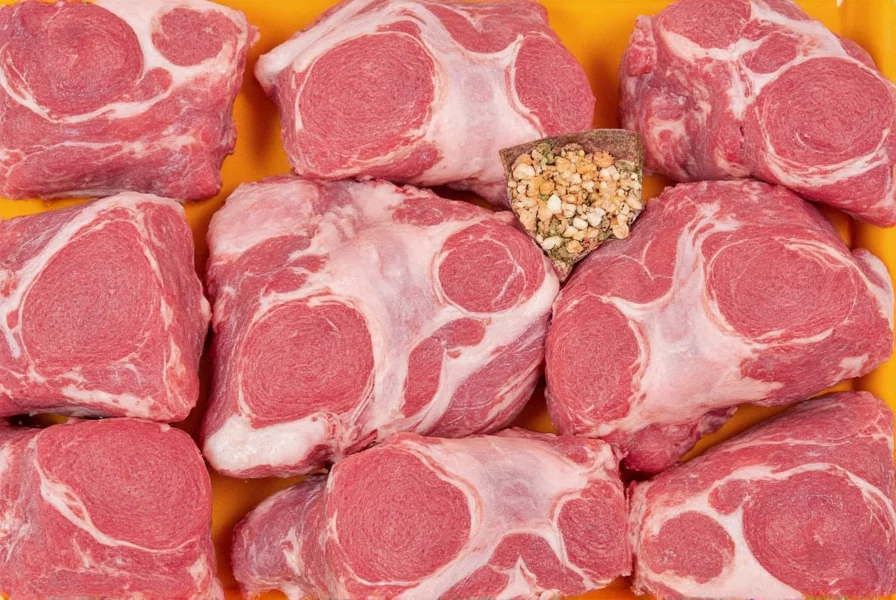

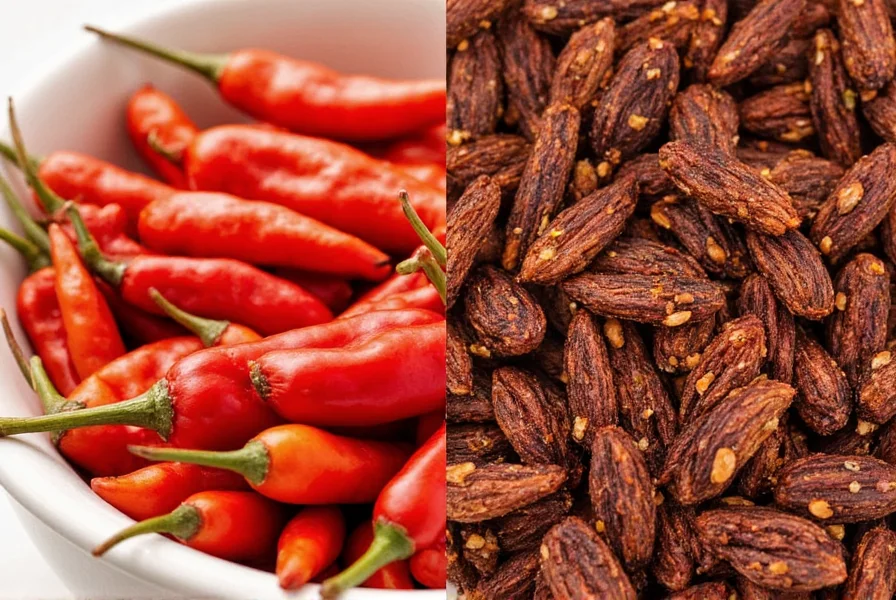









 浙公网安备
33010002000092号
浙公网安备
33010002000092号 浙B2-20120091-4
浙B2-20120091-4